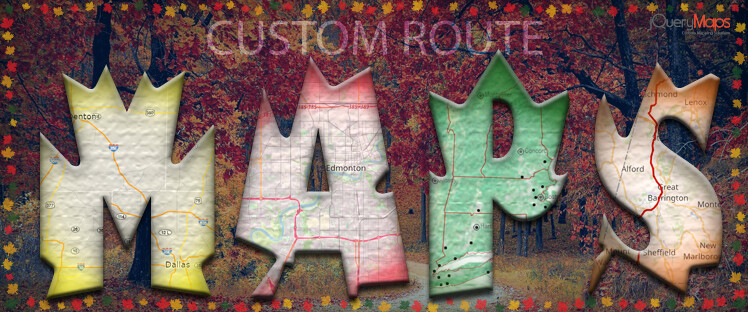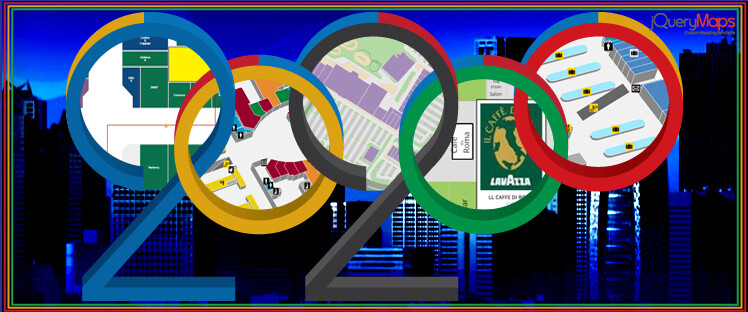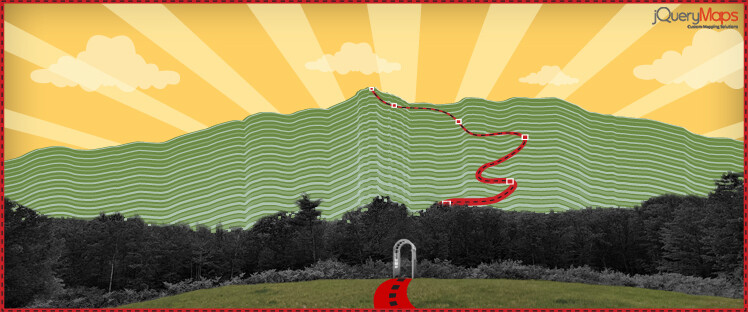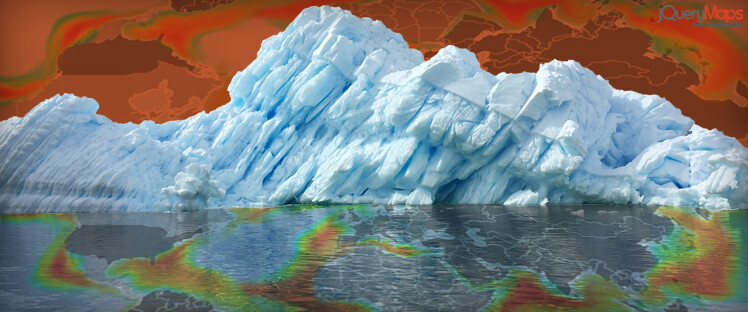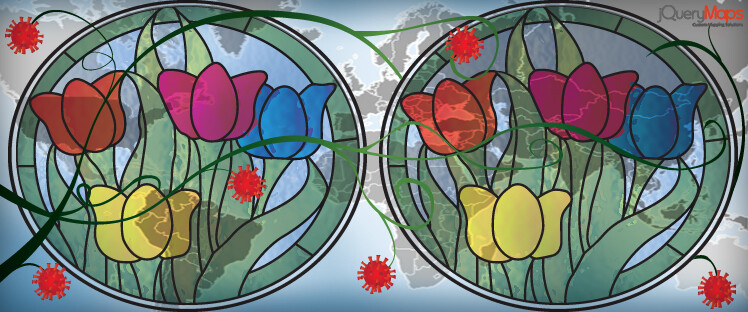With the Fall season upon us, arrives crisp autumn air, breezy afternoons and depending on the region in which you live, bright foliage worthy of countless views and pictures to sustain us in the colder months ahead. Seasonal travel, motivated by foliage viewing, is a big contributor to local economies and a deeply rooted tradition for many families. For some, exploring the countryside in autumn involves repeating visits to known locations, drawing comparisons from previous years and speculating on the factors, such as rainfall or the snap of cooler weather, that may have contributed to the final color outcome. Other travelers prefer to hike and surround themselves by nature in order to take in the colors and reflect on the passage of the season. In most cases driving, both as a means of accessing special locations or an end unto itself, is a familiar way to relax and enjoy the seasonal colors while staying in the comfort of your vehicle. In this article we will discuss how custom route maps can be created and developed as a platform to engage with the public while also encouraging user participation. These travel-related maps can be focused on a specific category or designed to include multiple options with the feature to filter for specific types of routes which meet specific needs. As with most mapping projects, the strength of the application is the ability to connect reliable data with an intuitive visual interface.
Interactive Campus and Building Maps
While some of the limelight on the 2020 Olympic and Paralympic games was eclipsed by concerns over the uptick in the spread of COVID-19, the events can still be viewed as a success in many respects. The organizational, security and logistical challenges around an event of this magnitude cannot be understated and the shifting difficulties of COVID-19 certainly increased the stakes of safety conducting such an international event. Given the technological acumen of the hosting country and the embracement of new methods of monitoring events, high-level technology was also at the forefront of the spectacle. This includes new tools to track events, transmit live statistics to spectators, and engage viewers from across the globe in the myriad of events that form part of the Olympics. For the focus of this article, we will discuss the interactive mapping tools that have been developed to assist in supporting these types of extensive events. Among the tools that can be applied are statistical maps to monitor the traffic of spectators around the Olympic venues, navigation maps, and building maps for interior spaces. A well-crafted product, can be used both internally by the hosting country and externally by the general public. Pivoting technology and interactive maps, to facilitate the movement of large groups of people, is an important step to successfully organizing any large-scale events.
Interactive Maps for Hikers and Outdoor Adventurers
As summer is in full swing, many tourists are looking for excursions that provide a break from the routine while still averting large crowds. The appeal for nature-oriented travel has never been stronger and visitors to the US national parks are arriving in record droves. The enchantment includes the ageless appeal to connect with nature and the excitement of seeing animals in their natural habitats. Travelers also seek to expand their horizons by trying new hiking routes with the rewards of memorable views and the satisfaction of having achieved new goals. While taking on these adventures, either in the US national parks or throughout expansive conservation lands, the ability to reliably find and follow trail routes provides reassurance and enhances the experience of travelers venturing out into the wild. In many locations internet service can be sparse and following routes marked on traditional web-based maps is unreliable. The ability to locate the trailheads, along with reliable insights on the route, set the precursor to any successful outing. Working with Interactive Maps can enhance your next hiking excursion.
Tracking Climate Change Using Custom Mapping Solutions
As the world rebuilds from the humanitarian and economic loss produced by the pandemic, societies are aware that the world stands at a unique crossroads. On one hand, reconstruction efforts can largely follow the existing models of economic growth and prosperity, using current systems as blueprints to recreate what we had prior to the onslaught of COVID-19. Alternatively, many scientists, academics, and politicians are inclined to galvanize the suffering from the pandemic to rewrite the stands for an economic model that is much more aligned with the environment, sustainability, and social well-being. In many ways, the gravity of the pandemic, with far-reaching effects across all industries, was a forewarning that we are fragile and science and planning can protect us only so far when dealing with the power of mother nature. Environmental scientists have long harped warnings of what might come should pollution levels not change, however changing course often finds friction unless it is provoked by some greater condition. Now that we stand in that unique position, the world must make sound and long-term decisions that will mark the path for decades to come. These decisions, stemming from complex scientific data, are carved into policy and must be effectively communicated to the population in order to be accepted. Custom mapping solutions combining scientific data and georeferenced maps are customizable and highly scalable to show information at the World level as well as within specific communities.
How Dynamic World Maps Can Track the Pace of Vaccinations
As spring is upon us, bringing welcomed warmer weather and longer days, many are contemplating what normality will look like in the coming months. There is strong hope that as an increased amount of the population becomes vaccinated, the US will be awarded a downed sloping contagion curve. While this is true, there are also worrisome signs that the fourth surge of contagions spurred by the B.1.1.7 variant might also be on the horizon, making the situation a race to vaccinate in large numbers in order to avoid the worst impacts of this latest wave of the virus. Anxious eyes look to their calendars wondering when it will be safe and reasonable to start making social plans. The rollout of the vaccine in the US is gathering momentum and many people have already received an injection or plan to do so in the near future. Studies show that once a person is vaccinated not only are they less likely to contract a serious case of COVID-19, but they are also less likely to spread the virus to others. This is very encouraging news and much of what normalcy will be like hinges on the rate at which countries vaccinate their populations.
Once large sectors are the population are protected, the virus will be limited in its capacity to spread through herd immunity. This will enable governments to ease social restrictions, allowing the economies to reopen and for people to return to more habitual activities, albeit while practicing caution. Given the importance that the vaccination process has for governments and their citizens, it is critical to track the progress using carefully gathered statistical data. This information once tabulated and filtered can be used to drive dynamic world maps to show the rate of vaccinations in real-time and compare the results amongst nations and within regions of specific countries.

